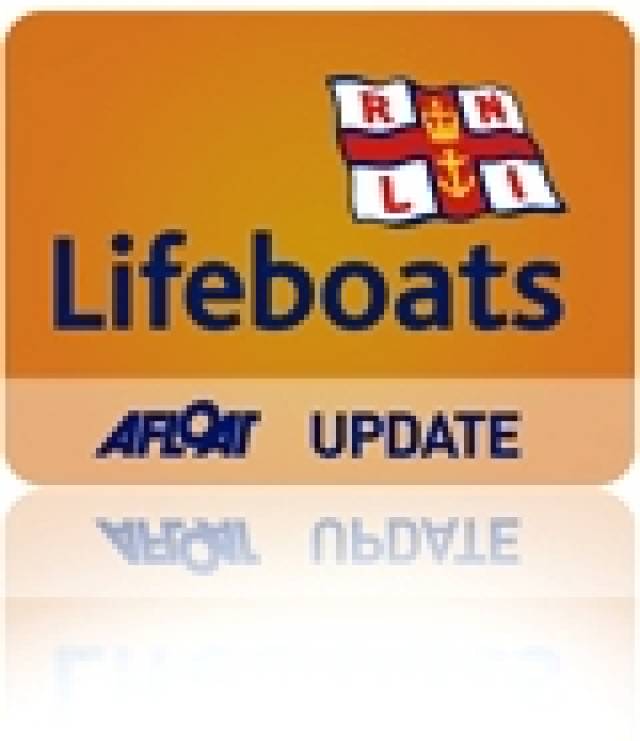#RNLI - Enniskillen RNLI will proudly be opening the doors of the newly built Carrybridge lifeboat station to the public for an open day on Sunday 30 August from 1pm to 5pm.
On the day the public can tour the new station, view the charity's Atlantic 75 lifeboat and rescue watercraft, and meet the volunteer lifeboat crew, shore helpers and station management.
There will also be face painting, a bouncy castle, ice-cream and refreshments served.
The modern purpose-built lifeboat station, which was recently completed, is located close to Lough Erne to allow for an efficient launch of its vessels and crew. The building has full crew changing facilities, a workshop, an office and a crew training room.
In order to facilitate the project, the local community helped the charity raise £60,000 towards the cost which will now help the RNLI's 40 volunteers based in Enniskillen to continue to save lives on Lough Erne after being housed in temporary accommodation for 13 years.
The building is designed with a heating system which allows the heat to be drawn from the ground and produced inside keeping the temperature at an ambient 15C. The excess is used to heat the water for showering, washing up and cleaning the vessels. The building is also fitted with solar panels on the roof to generate electricity.
Due to the overall size and complexity of the lough and its high leisure usage, the decision was taken by the RNLI in 2002 to base a second lifeboat on Upper Lough Erne at Carrybridge that would work in conjunction with the original lifeboat station on the Lower lough at Killadeas.
Commenting on the open day, Enniskillen RNLI senior helm Chris Cathcart said: "This is a great opportunity for the volunteers based in Carrybridge to show the public where the money raised goes and how it funds saving lives and a voluntary 24/7 search and rescue service on Lough Erne.
"We are very proud of our new lifeboat station which has been built with the work of the volunteer lifeboat crew in mind. We want people to see completed and to have a great day out and learn a little bit more about us and how to keep safe on the water."
Last year alone, Enniskillen RNLI launched 59 times bringing 57 people to safety. Thirty-two of those services were carried out in the dark, while the crew spent 262 service hours on the water.































































